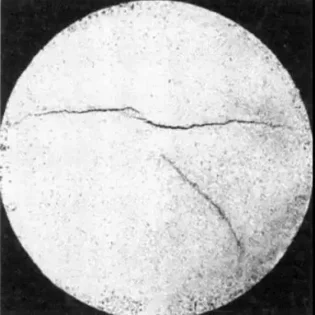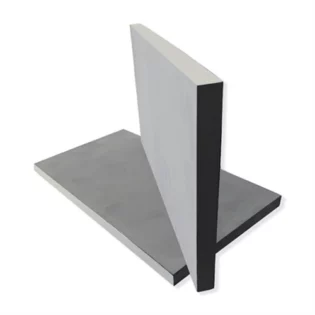As more and more metal parts manufacturers understand the advantages of powder metallurgy, they begin to look for new and improved methods to use this process. At the same time, they are familiar with and familiar with the current forging process.
But what if you can combine these two technologies to produce forged metal parts with better performance than traditional powder metal (PM)? This is actually possible. In fact, it has a name: powder metal forging.
Let’s understand the use of powder metallurgy forging and traditional powder metallurgy and traditional forging. As a reward, we will show a new alternative that is even more efficient than PM forging…
What Is Powder Metal Forging?
Powder metal forging is the combination of powder metallurgy and forging. Also known as powder forging, this metal forging uses powder materials because they have advantages in the following aspects:
1 forming capacity
2 reduce the number of process steps to produce final components with some potential unique advantages, such as fracture and cracking of connecting rod end cap
3 minimum waste
The rest is forged to produce high-strength parts that will be more durable than traditional powder metal components.
The process of forging powder metal begins when the raw powder is compacted and then sintered. After sintering, but when the part is still at high temperature (above 1800 ° f), the manipulator immediately grabs the part and transfers it to the forging die.
If real estate is related to “l(fā)ocation”, then the powder metal forging process is related to “density”. The purpose is to make PM parts as close to full density as possible. This will provide you with higher performance and higher mechanical properties. If operated properly, the porosity of parts can be eliminated by more than 99%.

Traditional powder metal forged parts VS sintering parts
Determining whether to use powder forging requires understanding which metals can be forged and which quality is most important for the project. Powder metallurgy can even produce complex parts at a higher productivity than forging.
Powder metal materials can be subject to conventional sintering treatment to improve tensile strength and bending fatigue strength. Due to the inherent net forming ability of powder metallurgy, forming is easier than stamping and processing.
Nevertheless, when strength is absolutely necessary and PM is not enough, metal forging process may be a better choice. Through powder forging, the shape complexity is good, but powder metallurgy is still much better.
However, there are still many examples of powder metallurgy forging and impressive results have been achieved. Take the connecting rod as an example. It has a unique shape. The pin end enters the interior of the piston, and the crank end is a large hole at the bottom, which is molded on the high shaft. With powder metallurgy forging, you can actually make these holes during the forging operation, thus reducing material waste and not requiring too much “flash” to fill the blockage or precision forging indentation.
You can use the traditional forging method to forge 1.2 pounds of raw materials, but with the powder metallurgy forging method, there may be only 1.02 pounds of low-cost iron copper carbon powder. This means reducing secondary processing – giving you a lead in the game.

It’s even better: ultra high temperature as an alternative to powder forging
Combining powder metallurgy with forging sounds like a win-win, right? This is absolutely true.. If your budget is not a problem.
In order to manufacture forged metal products, manufacturers need to:
1A compactor
2A specially designed sintering furnace
3A forging press
4 other equipment
Making all these machines work is very expensive, and the cost will fall directly on your lap.
Traditional powder metallurgy may not provide the level of performance you want, but traditional forging may be very expensive. So what can we do for people in between and on the edge?
Ultra high temperature sintering can improve the strength and other properties of powder metal parts, making you close to the position of powder metallurgy forging. We define ultra-high temperature sintering as heating iron powder at a temperature close to 2500 ° F.
This is a compromise that may actually give you more than the sum of the parts. Traditional powder metallurgy can provide 50-70% performance of powder metallurgy forging. Ultra high temperature sintering can provide 80-90% of powder metallurgy forging.
By using ultra-high temperature sintering, you can retain the more inherent dimensional accuracy provided by metal powder, but you can also provide mechanical properties close to the forging capacity of powder metallurgy.
One always popular side effect is that using a strict PM process may make material use more efficient. When forging connecting rods, the manufacturer must remove the resulting “flash”. Ultra high temperature sintering can produce a connecting rod to make your strength requirements without manual finishing, which will make it ready for field action.









